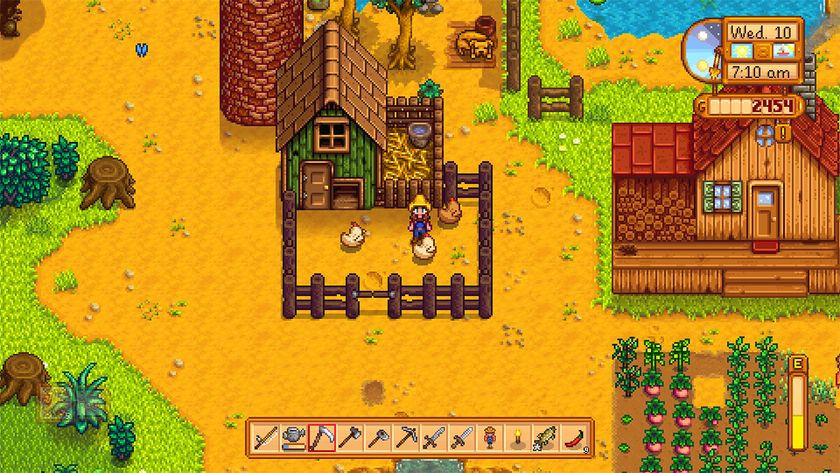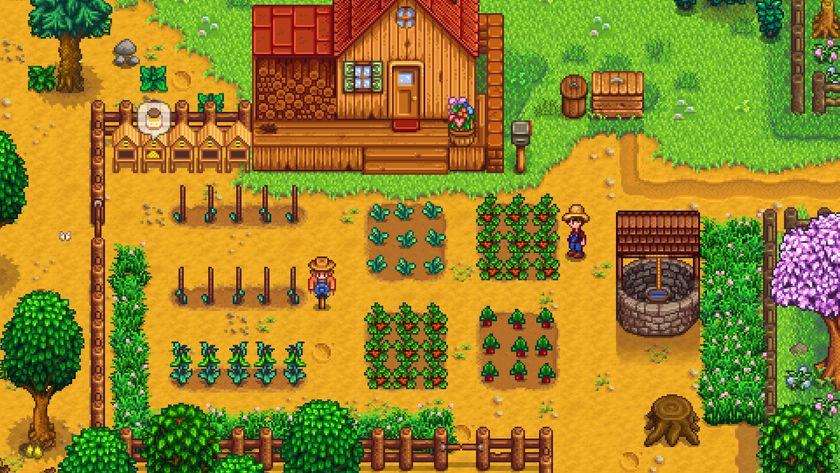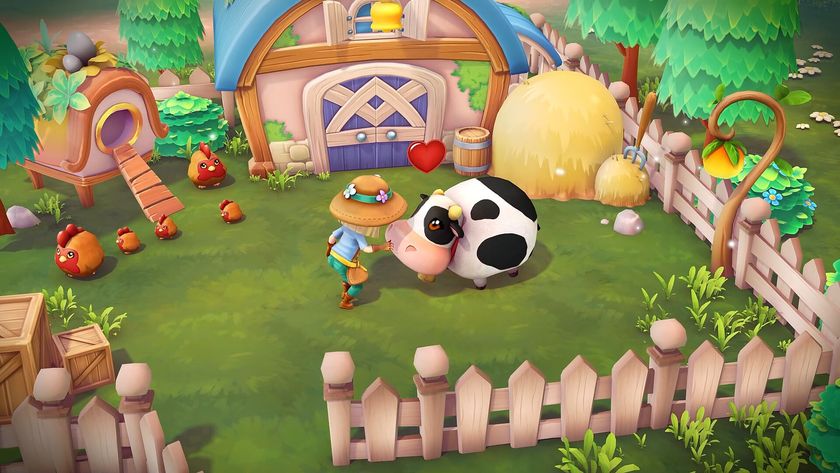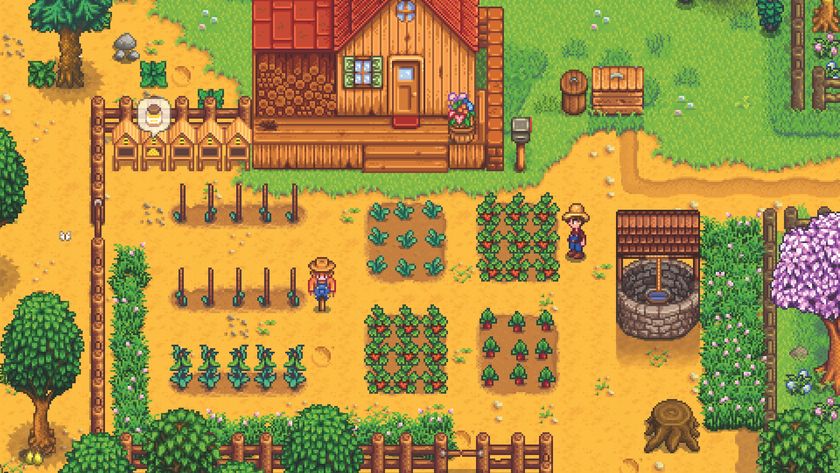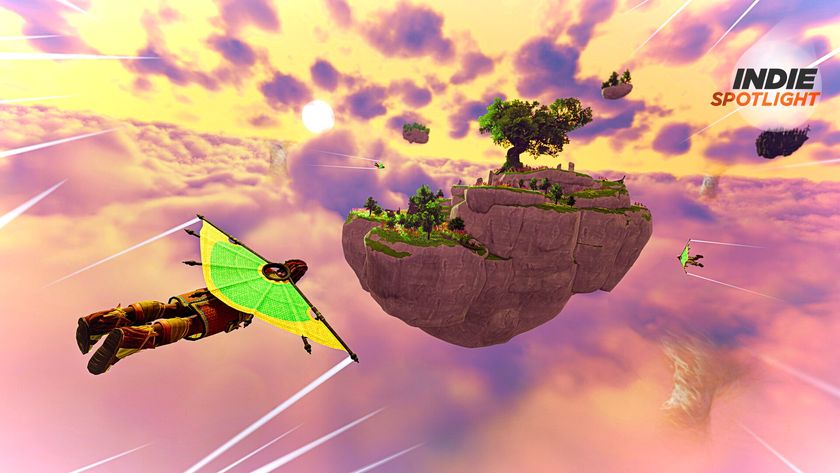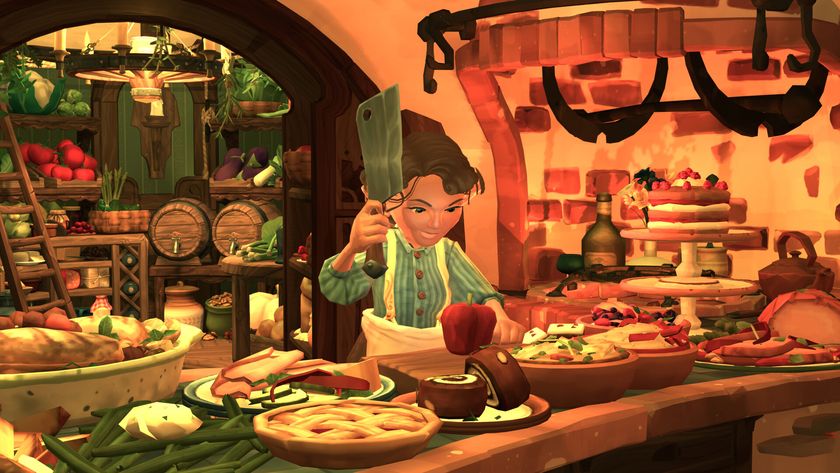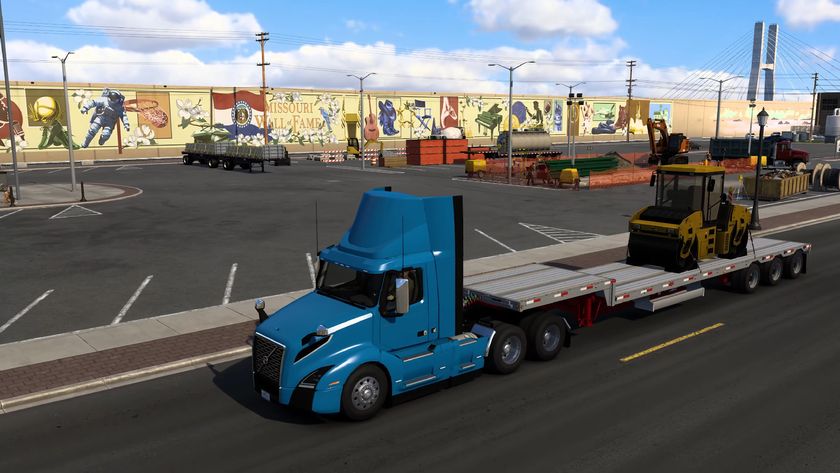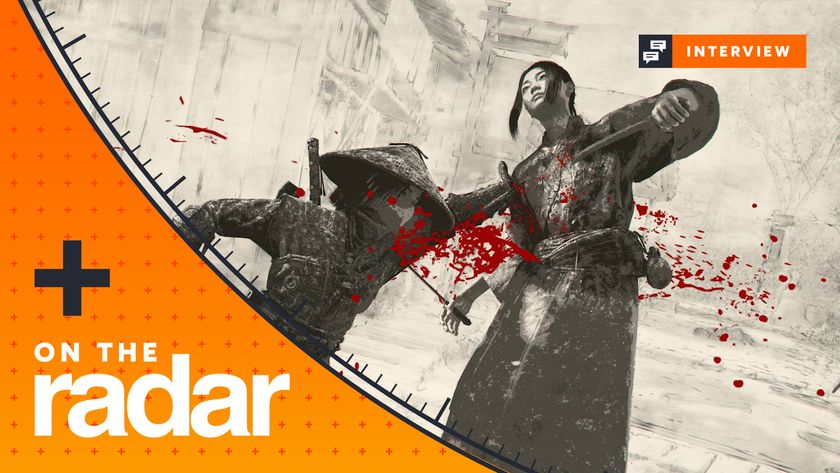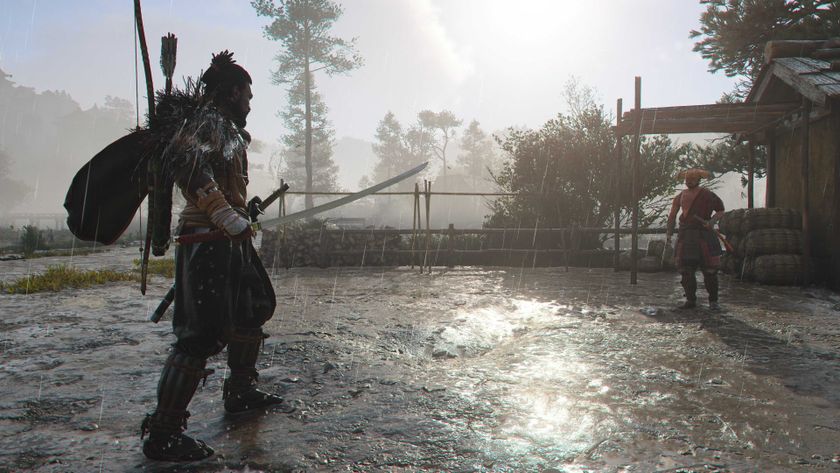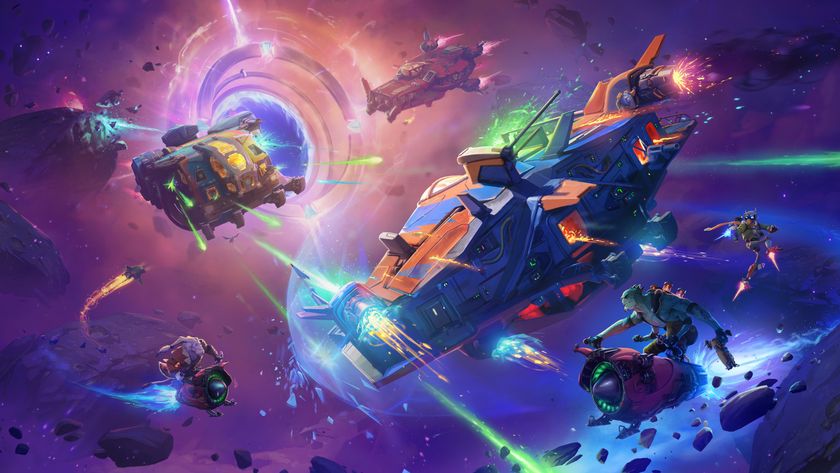As a long-time Stardew Valley fan, here's why I'm converting to Fields of Mistria
Opinion | Fields of Mistria lifts the pressure found in intimidating farming sims by rejecting demand and excess
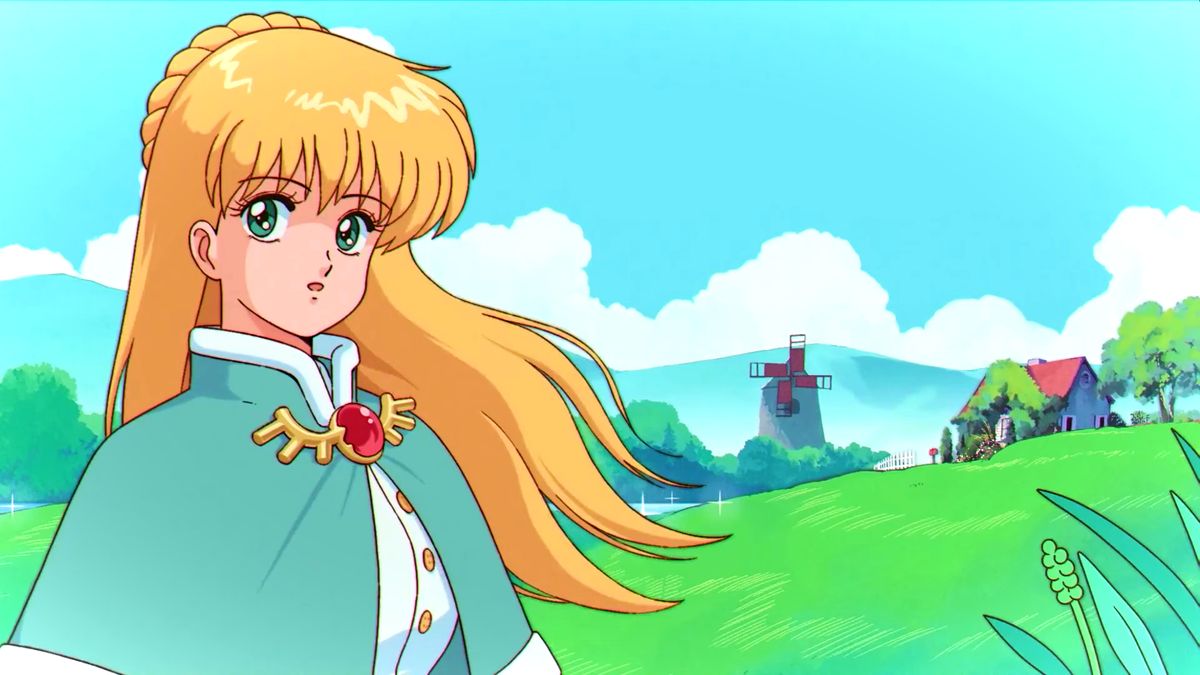
I don't mind admitting that I'm a bit of a farming sim sicko. I've perfected the art of water irrigation in Sakuna of Rice and Ruin, I've sweated over which of Coral Island's 28 hotties to put a ring on, I'm the cutest post-apocalyptic master craftsman you've ever seen in My Time at Portia, and I have a level 30 Lumpstump in Ooblets (she's an absolute beast). But nothing has swayed my devotion to the farming titan Stardew Valley, my first and one true love when it comes to laid-back, cozy gaming.
That is until I started playing Fields of Mistria – and I've become completely smitten. I can almost see the comments now. Yes, there have been many, many games like Stardew Valley, and believe me, I've played a lot of them – some good, some not so good – but Fields of Mistria gets so much correct for a farming sim, I gotta give it its flowers. It's still in Early Access, but after tens of hours, I'm having an absolute riot. We all know that Stardew Valley isn't going anywhere soon, so let's take a stroll to the magical world of Mistria.
Fields of Mistria has all the farming sim genre staples. You can farm, fish, mine, and craft. There are changing seasons, a friendly community to get to know, and wedding bells to be rung from 12 potential marriage candidates. Its bright bubblegum, pastel color palette is reminiscent of Slime Rancher and Ooblets, and its pixel art feels like a nostalgic call back to the late '90s, particularly early Harvest Moon. There are fantasy and magic elements and although not as ingrained as it is in Sun Haven and Kynseed's worlds, magic plays a prominent role in the game's story and character upgrades.
Although Fields of Mistria does a fantastic job of hitting every farming sim mark, honestly, these features are nothing new. However, what makes it stand out from the crop is a little more subtle. From the very beginning of the game, it sets expectations for the player and this is vitally important in farming sims but not often talked about.
Happy Homestead
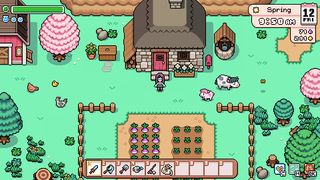
Whenever I recommend Stardew Valley to someone (most recently, my mum), I always have to add a little caveat. Stardew's biggest hurdle is that it can be incredibly intimidating. You're bombarded with characters, tasks, places to go, and – the biggest instigator – you're plonked on a huge piece of land. Seeing your farm for the first time, a giant stretch of trees, weeds, and stubborn stones that spans multiple screens - immediately sets a precedent in the player's mind. This expanse is yours and the possibilities on what to do feel endless. Some players will see the wonderful potential of the farm's scale, but many will also feel like it's an expectation placed on the player.
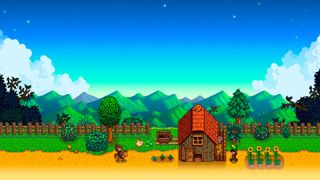
The best farming games to help you reap what you sow
In Fields of Mistria, this plays out a little differently. When you first see your farm it's basically the same layout: A big patch of land with organic debris. But what's different is that you can only farm in a small designated patch. It may at first feel limiting and some players might even find it frustrating if they want to hardcore farm, but it's a small but significant gesture that sets your expectations immediately. The game doesn't expect you to build a turnip empire in a matter of weeks, and make use of all your land from the get-go. You can focus your efforts on a small, manageable vegetable plot that you can easily make a living off. There's no pressure to create excess.
Fields of Mistria isn't concerned with efficiency. Actually, it takes away many roadblocks that demand the player stick to a schedule. You don't need to wait for shop owners to be available to purchase goods, there are no timers on quests, if your stamina runs out your character doesn't pass out - they just yawn and you can carry on with your day. In Fields of Mistria, there's less of an emphasis on time management and scheduling. Yes, there are still scheduled seasons, character birthdays, and seasonal events - but they serve the world-building rather than putting day-to-day pressures on the player.
Sign up to the 12DOVE Newsletter
Weekly digests, tales from the communities you love, and more
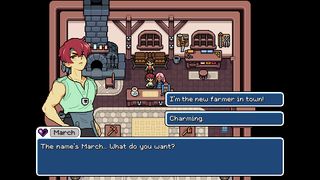
Despite promoting cozy, and relaxing play, designing a farming sim is difficult. Finding the right balance of task ticking but not making it feel like pointless busywork, having a breezy, laid-back vibe but not boring, giving the players things to do but not pressuring them - these are all difficult to get right. I think Mistria is successful in these areas because it's directly opposed to what other farming sims prioritize: excess and expansion.
Fields of Mistria is a farming sim but only in that you're helping the town out using your farming skills. Your small plot of land doesn't demand constant care and attention. It's strange but having a modest plot is more freeing than being given a huge, overwhelming plot. It's small, but it's enough to grow what you need to upgrade your tools, buy furniture, and the rest. If players want to expand they can do so easily. Buying a shovel and digging the dirt will make your veggie patch bigger. But that initial space you're given communicates a new way of farming. It inspires relatively humble living.
Fields of Mistria is currently in Steam early access, but it's well worth playing now. What's surprising is that even though it's still in development, NPC Studio already has the heart of the game in the right place. Mistria isn't for hardcore farming enthusiasts hoping to build an efficient money machine, the emphasis here is more on community and slow living. Fields of Mistria demands less.
If you're a fan of simulation games, be sure to check out our pick of the best sim games.
Rachel Watts is the former reviews editor for Rock Paper Shotgun, and in another life was a staff writer for Future publications like PC Gamer and Play magazine. She is now working as a freelance journalist, contributing features and reviews to 12DOVE.
